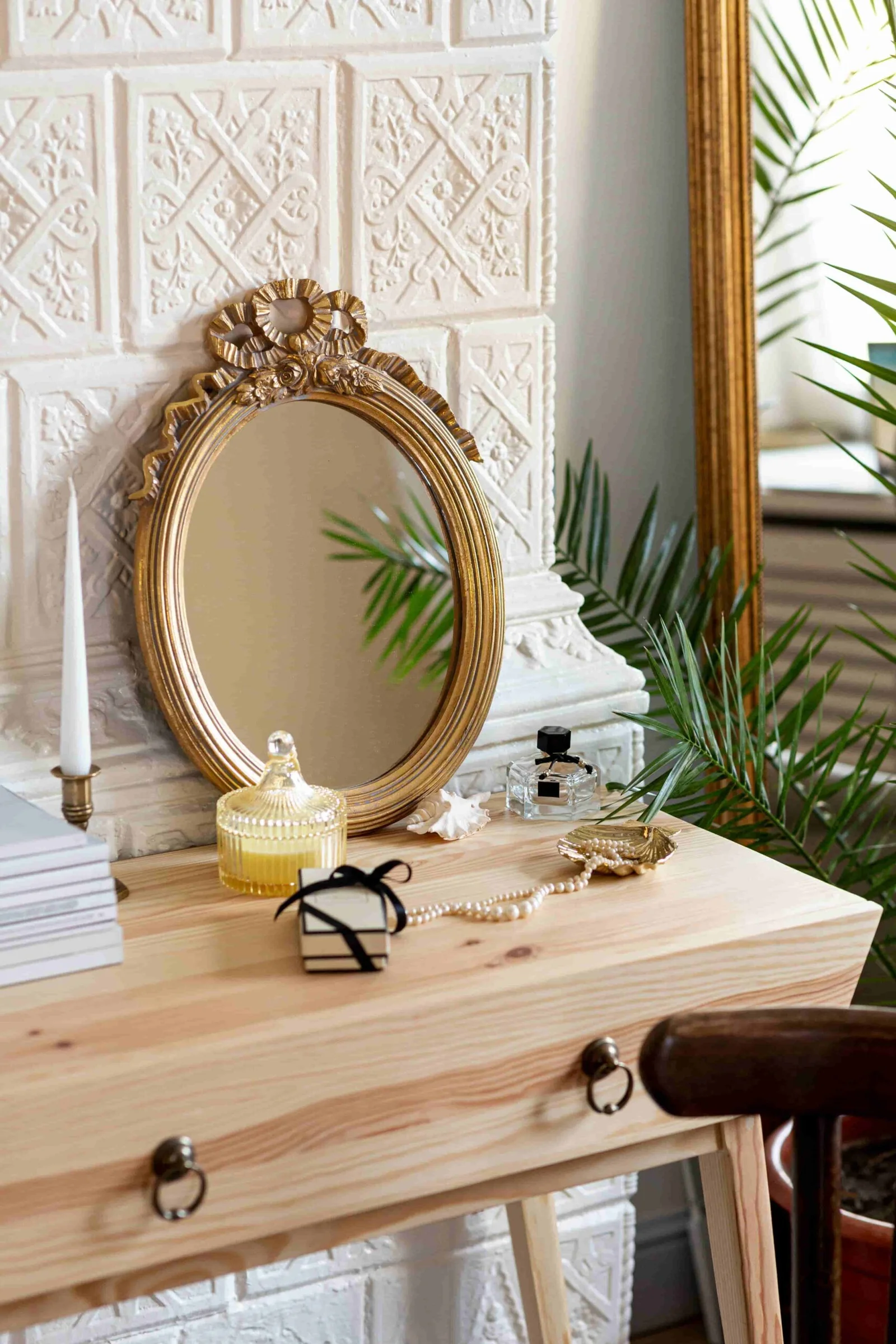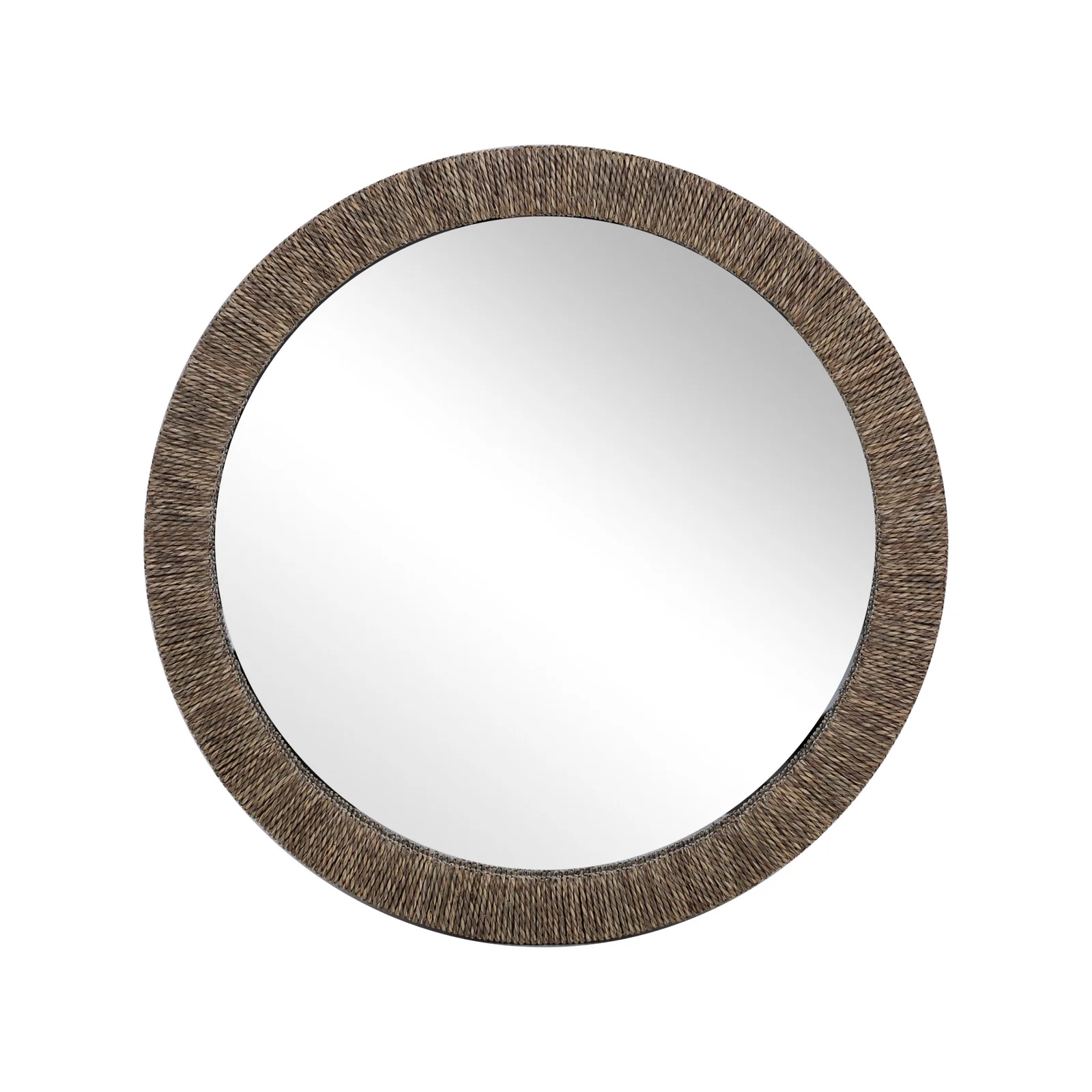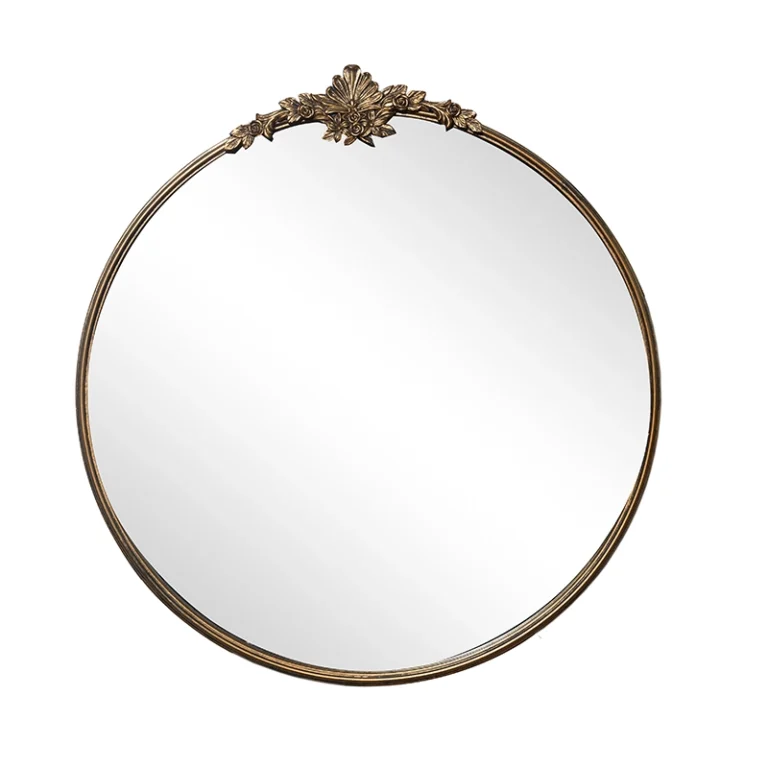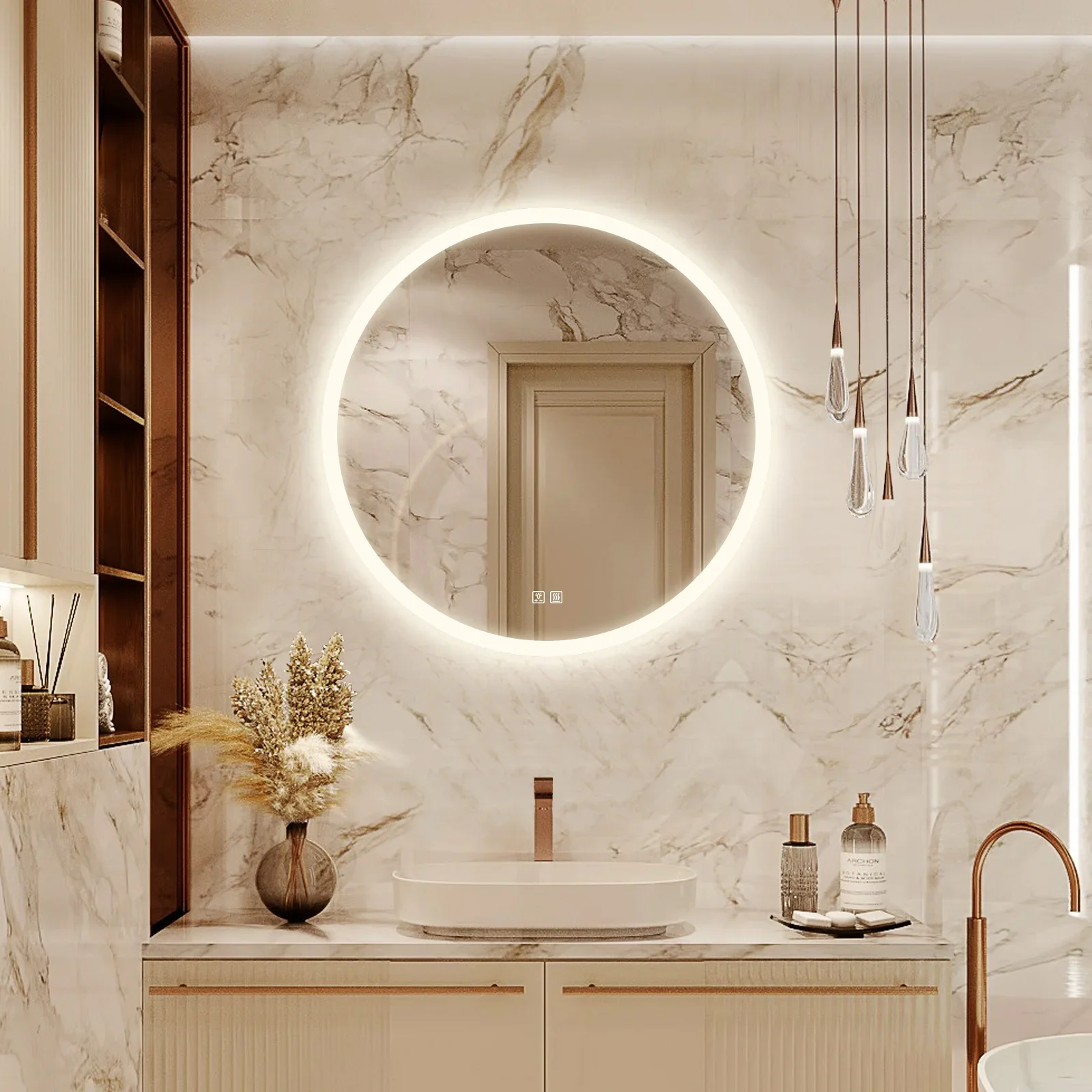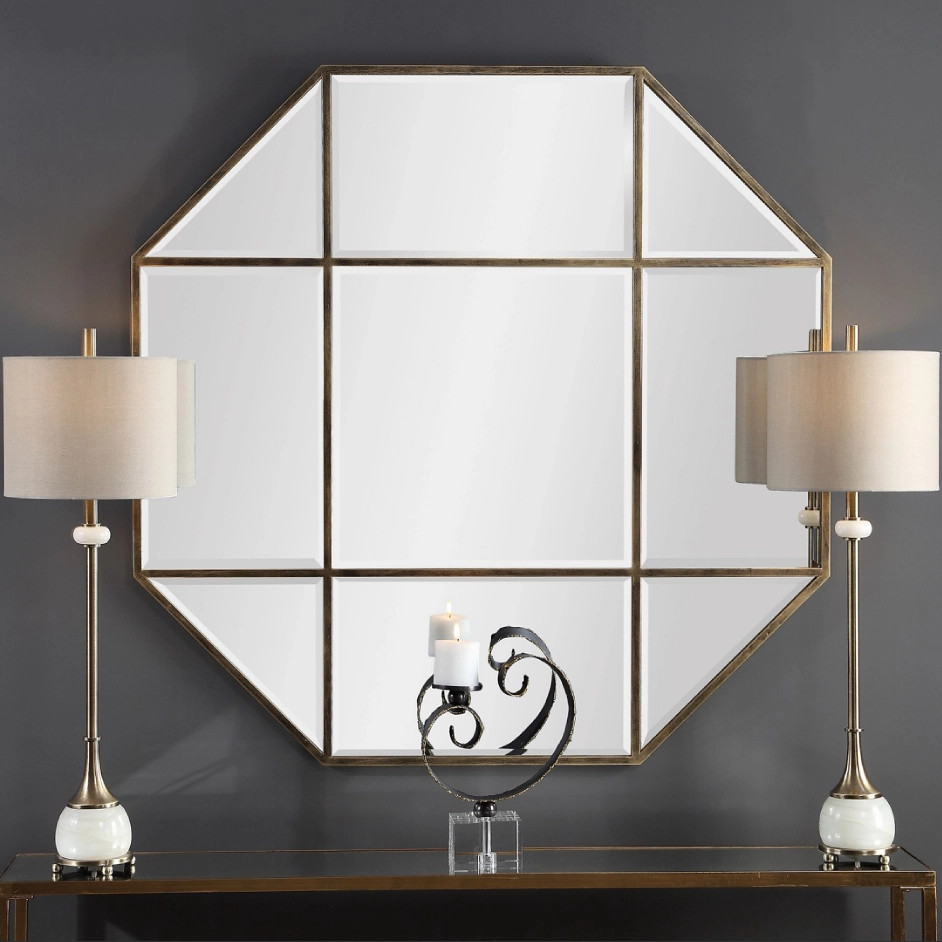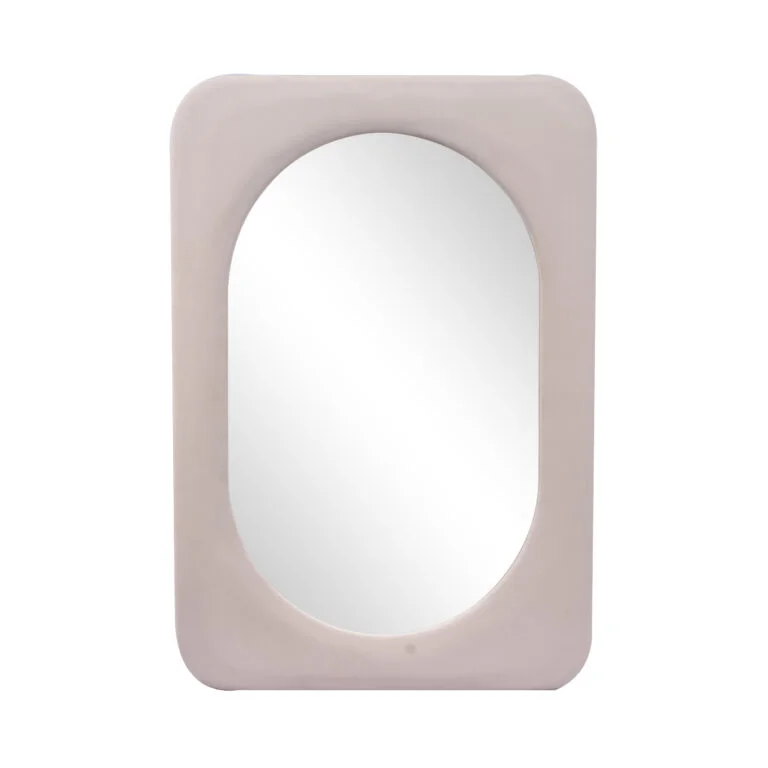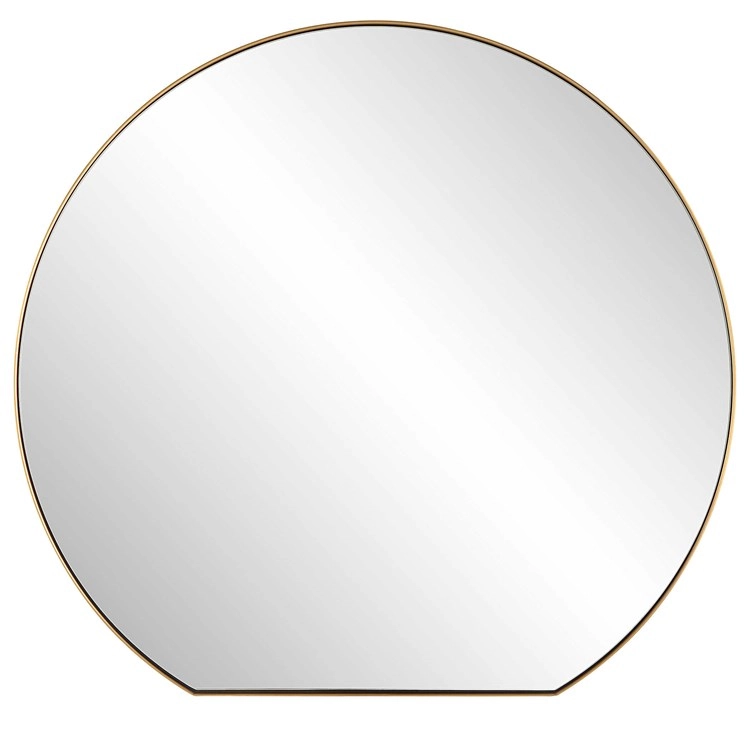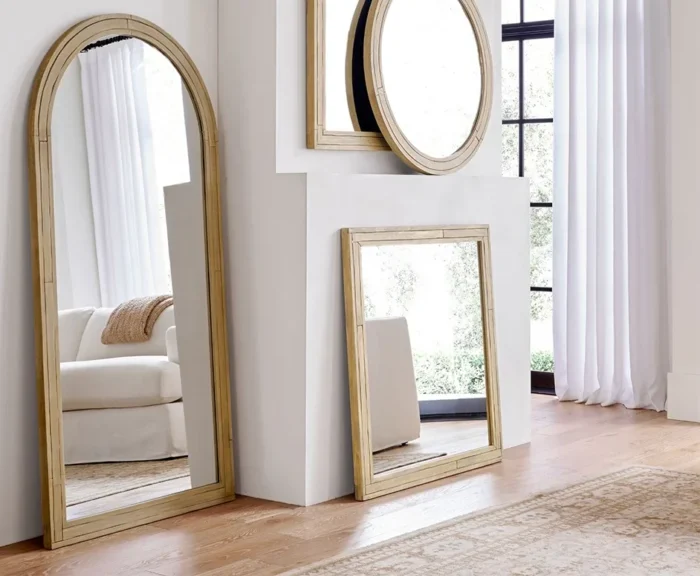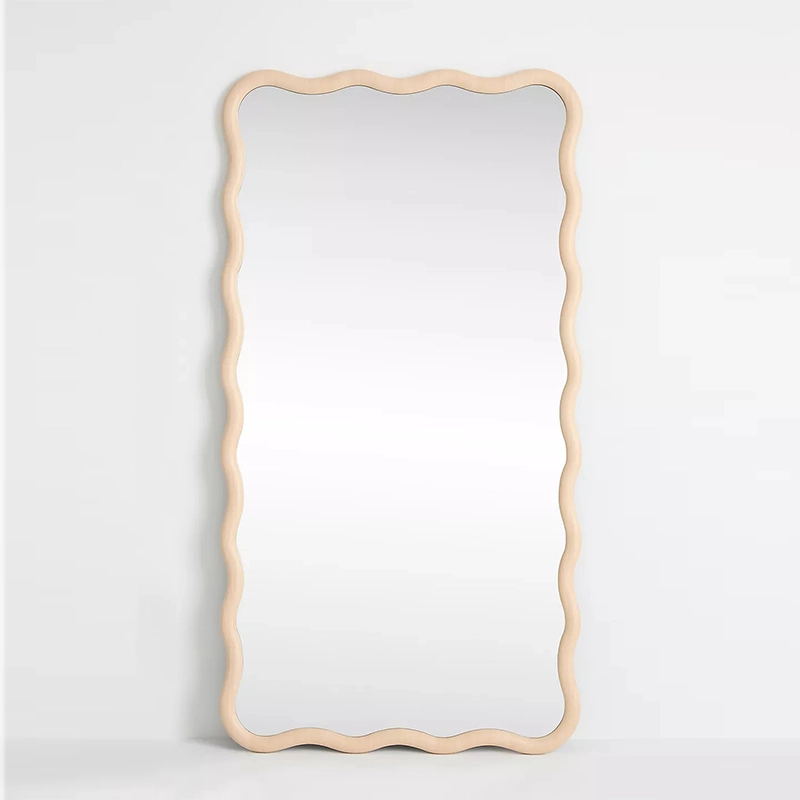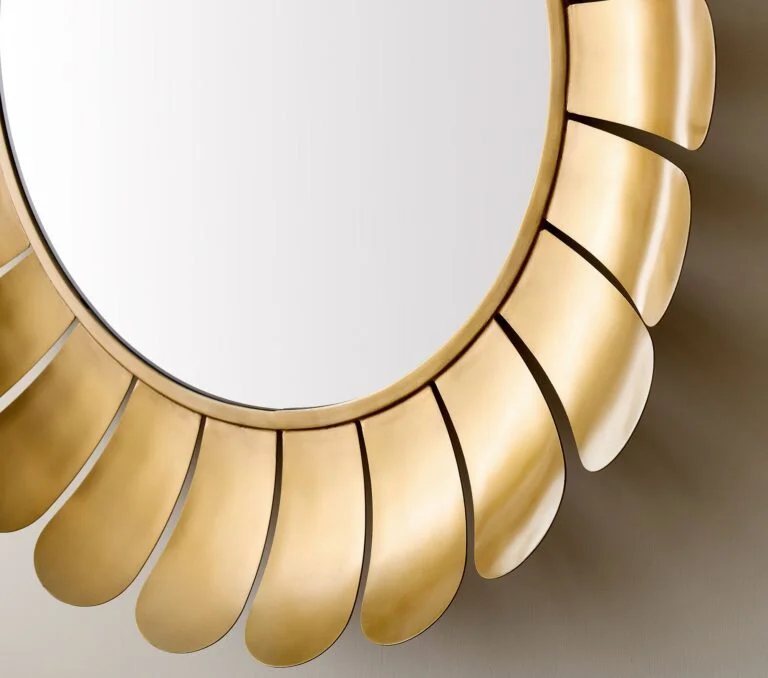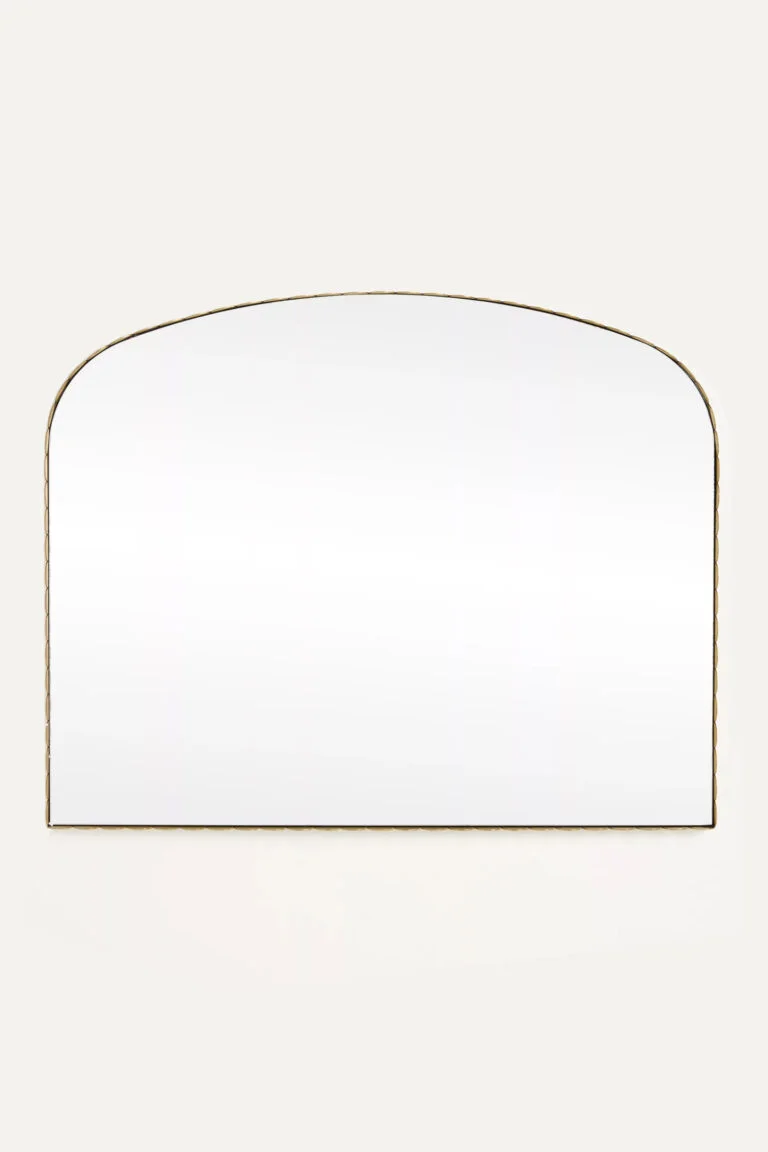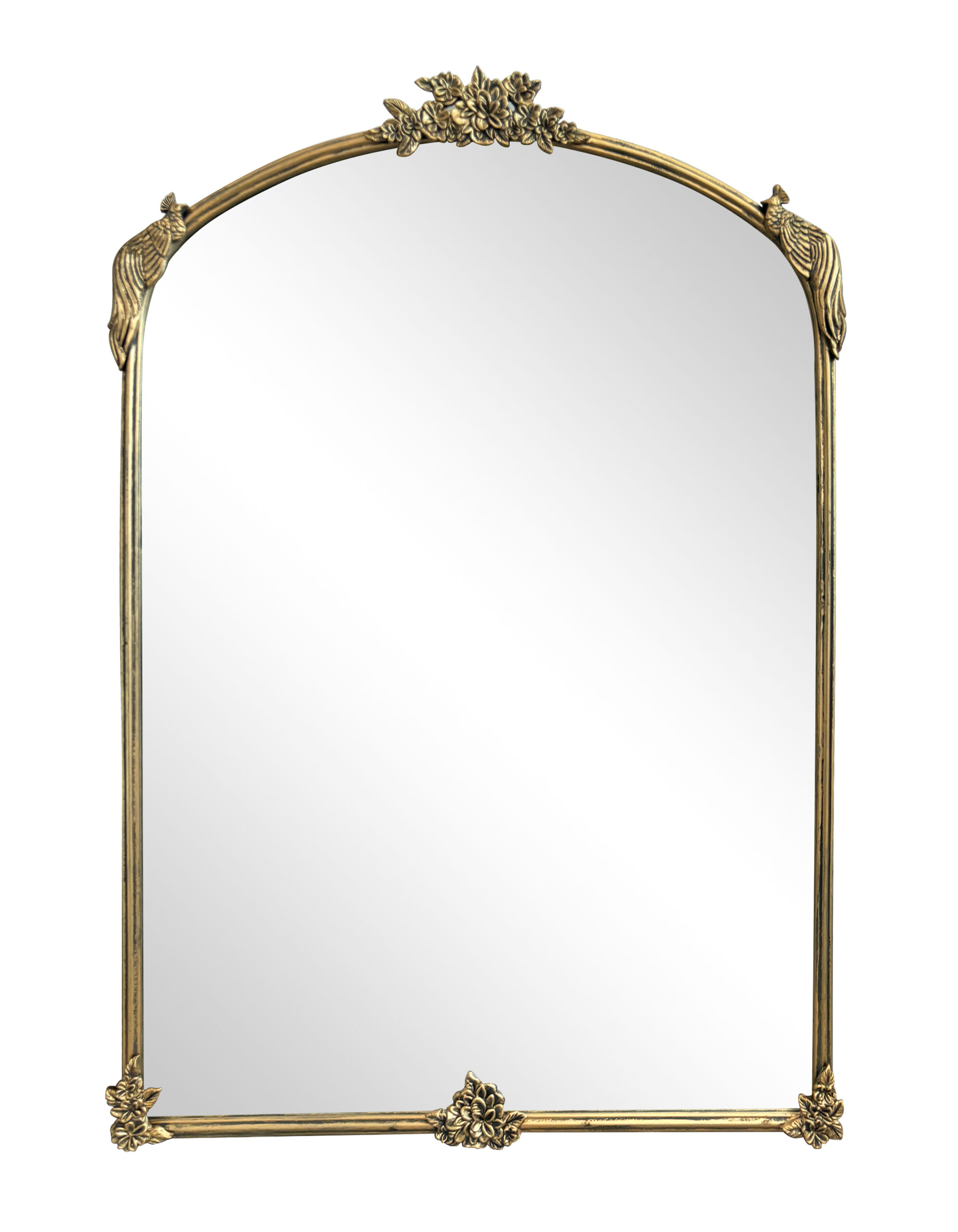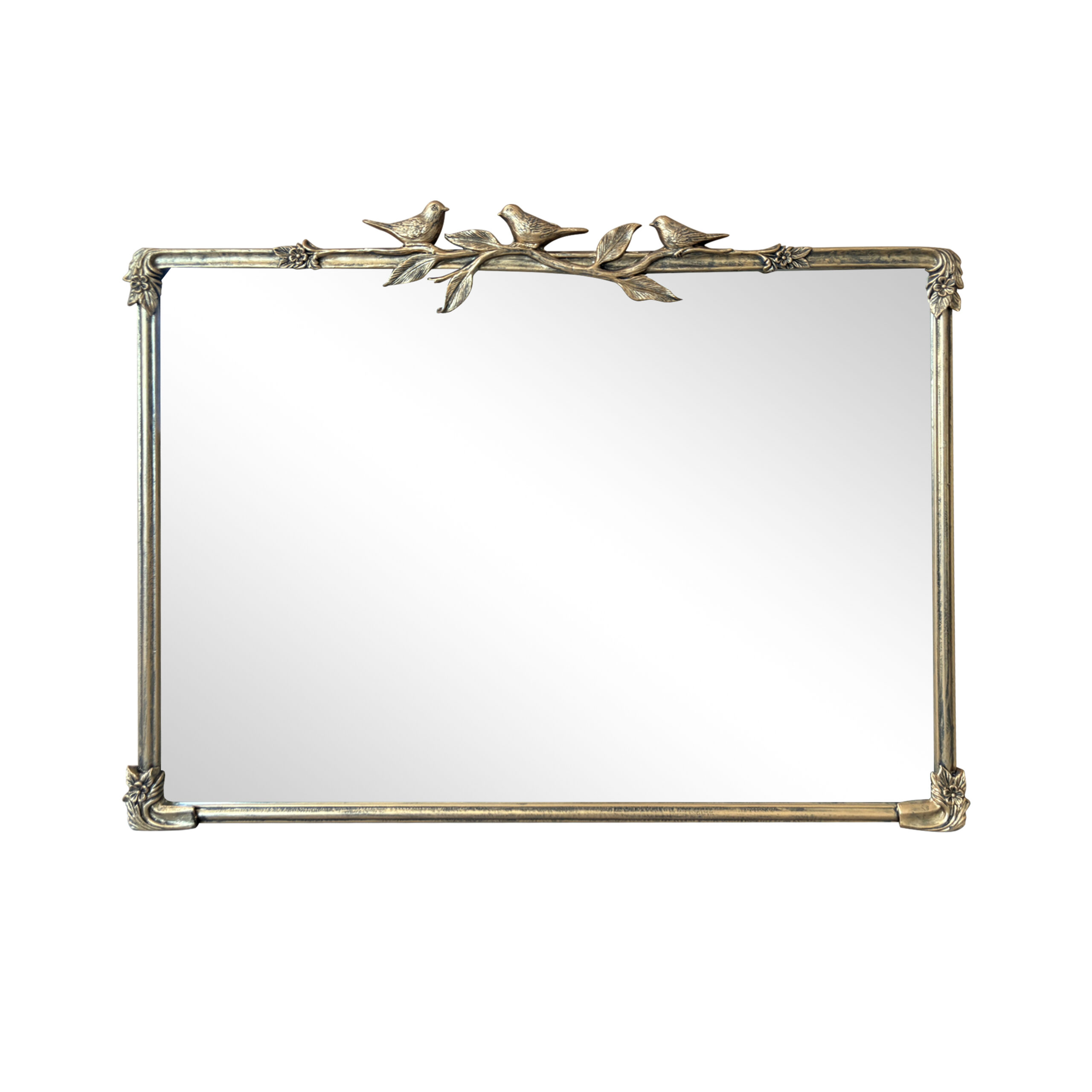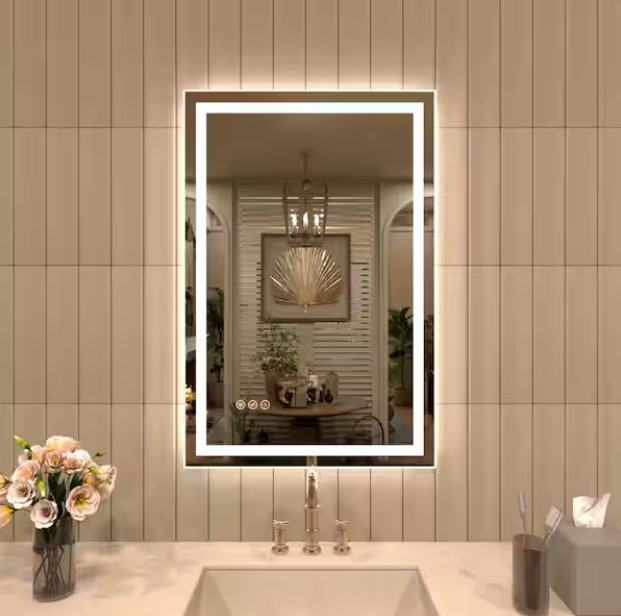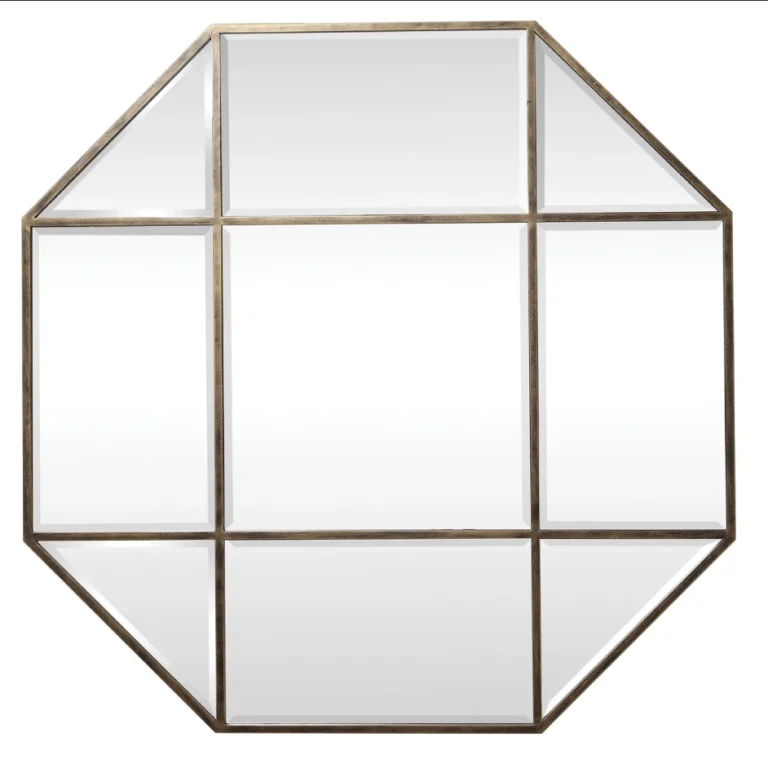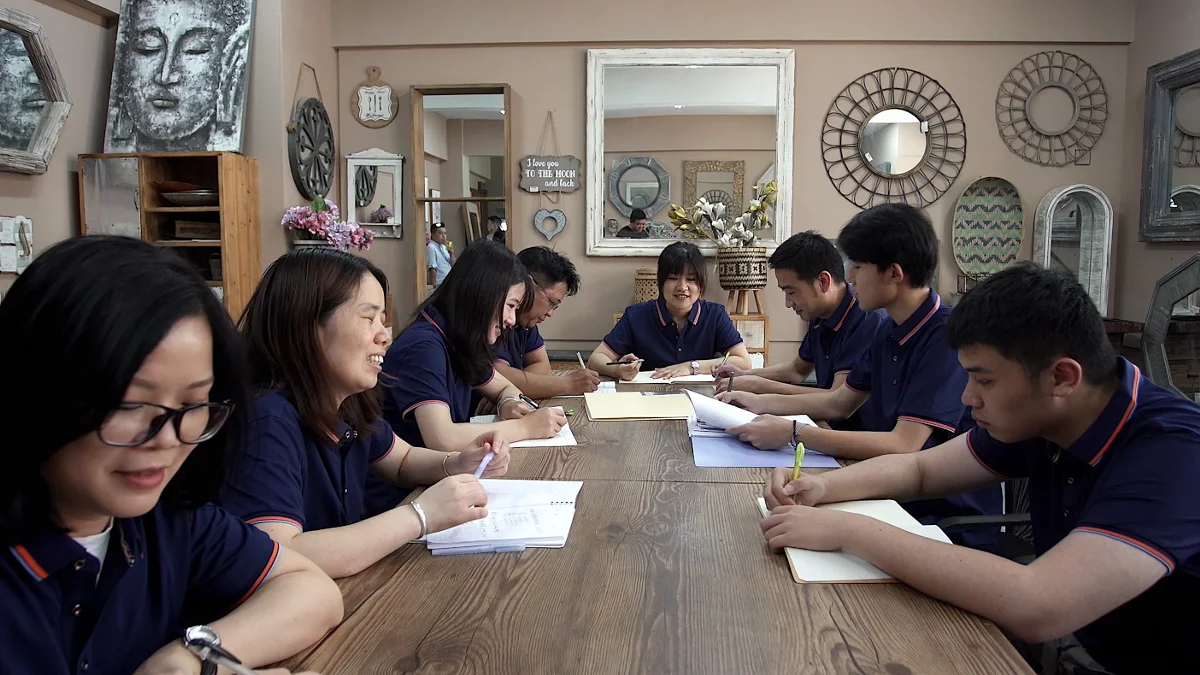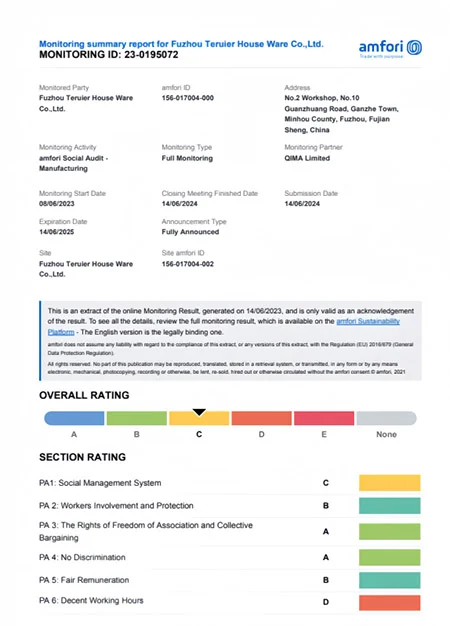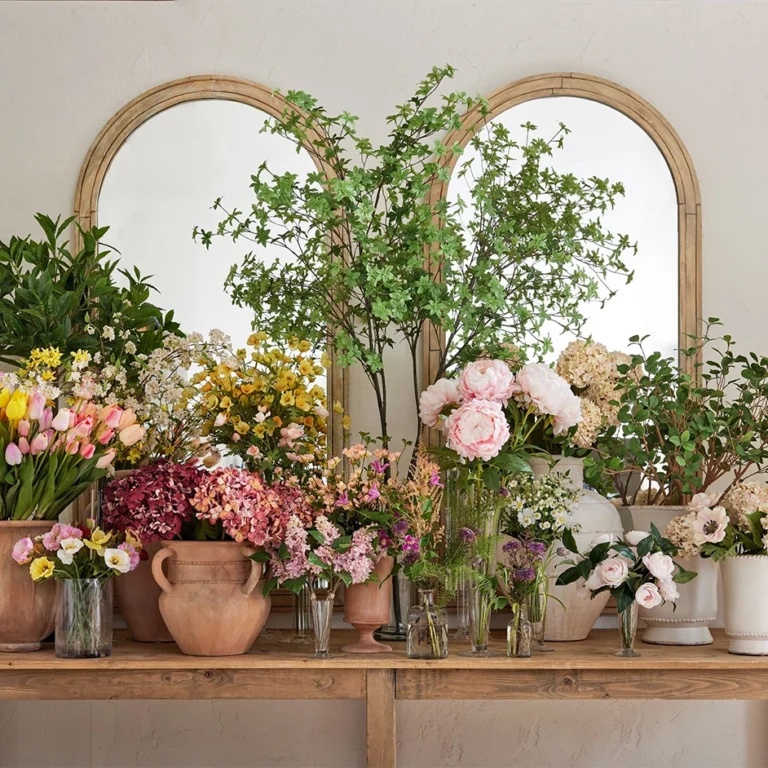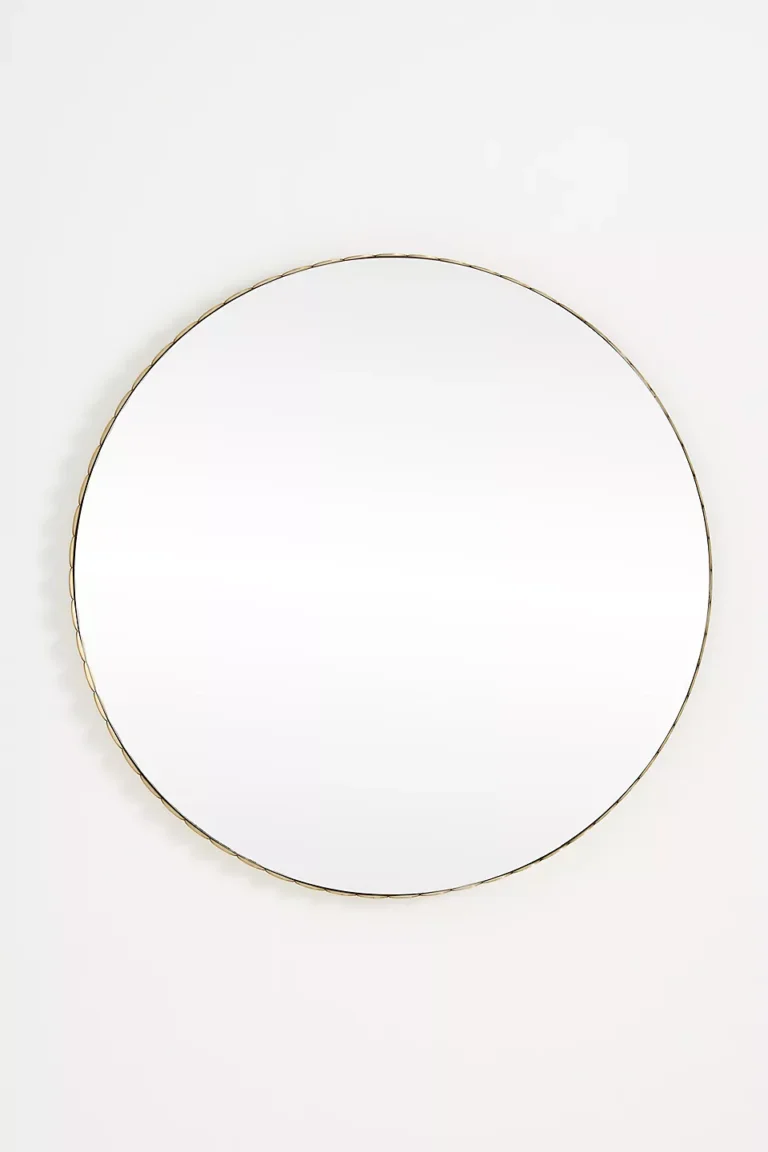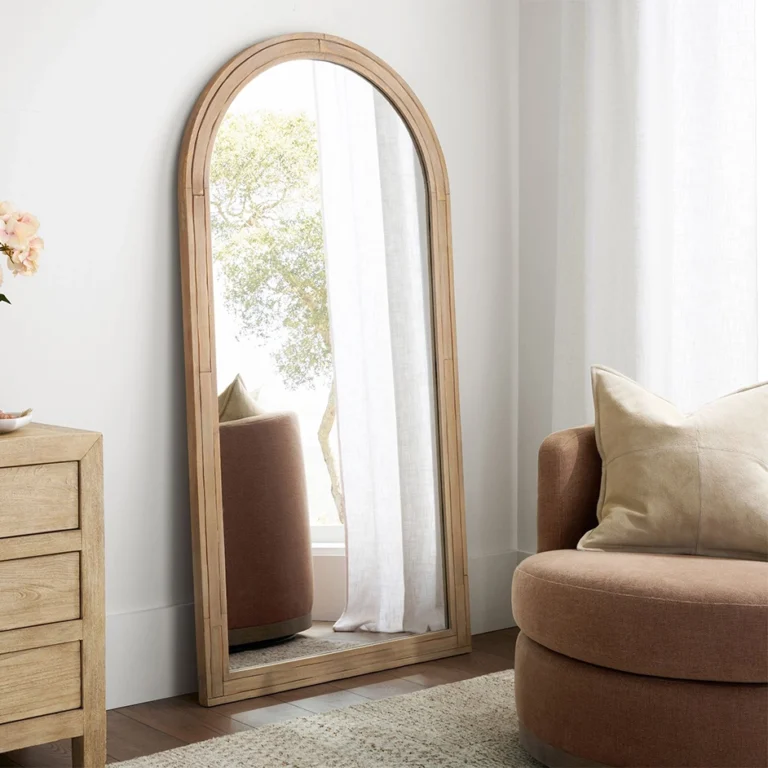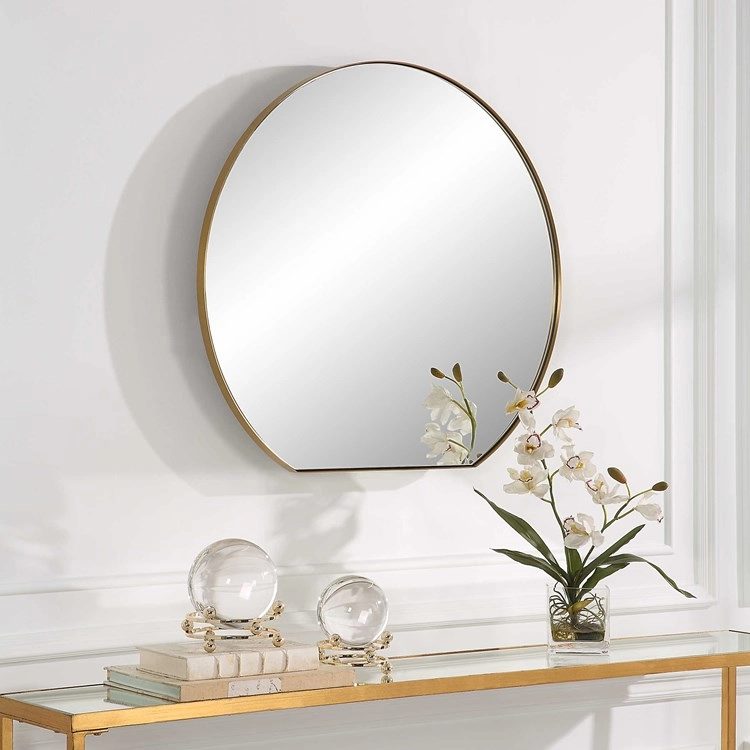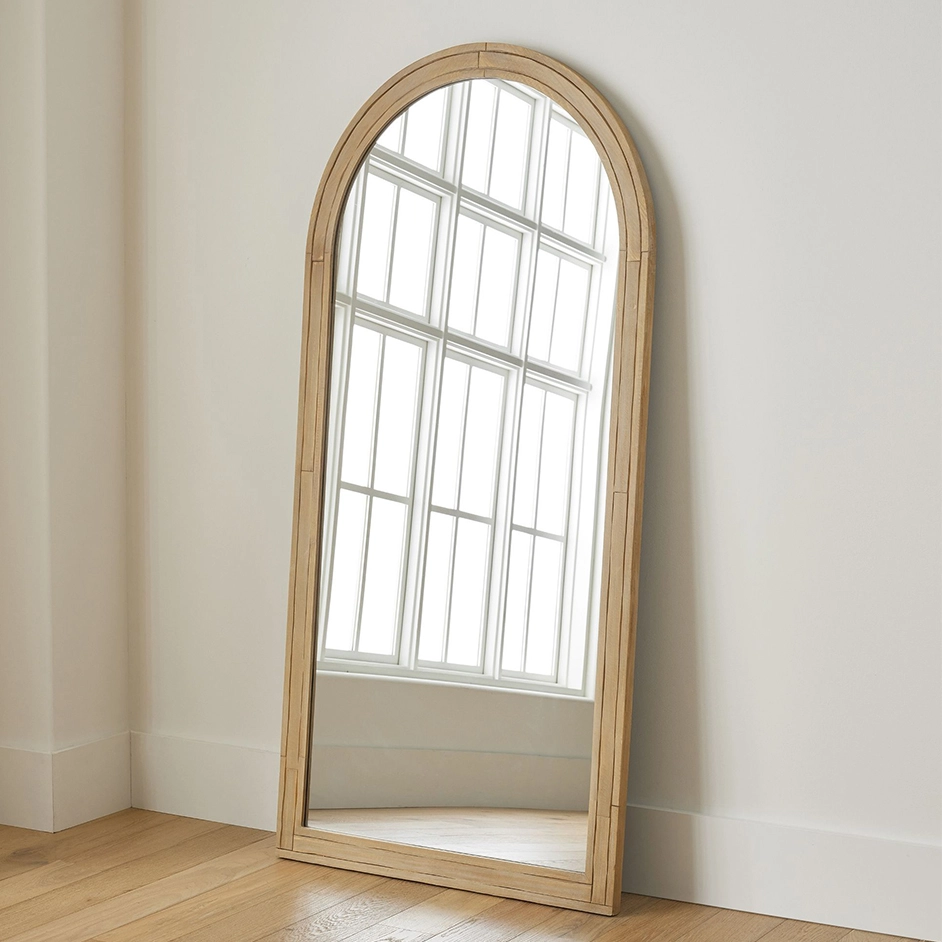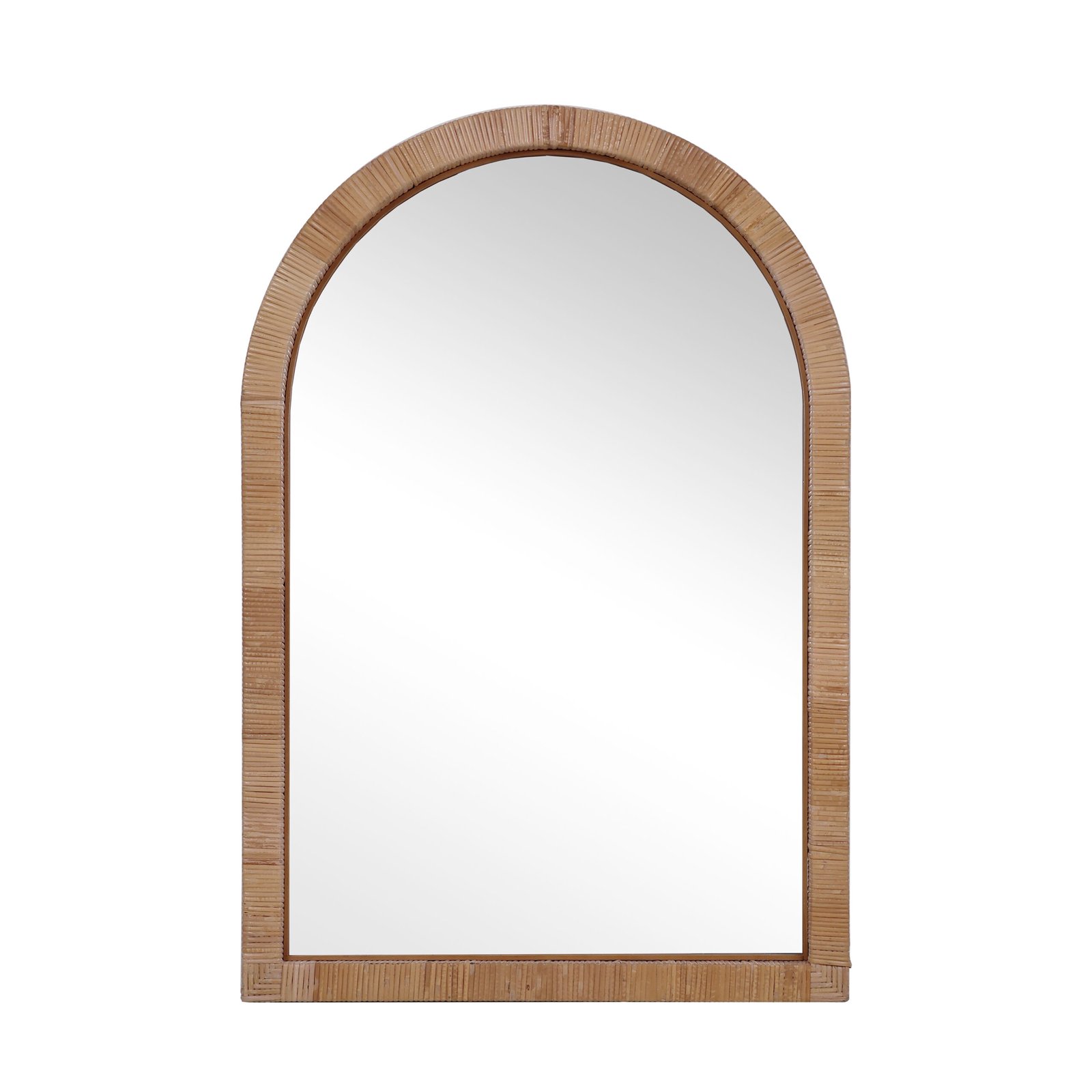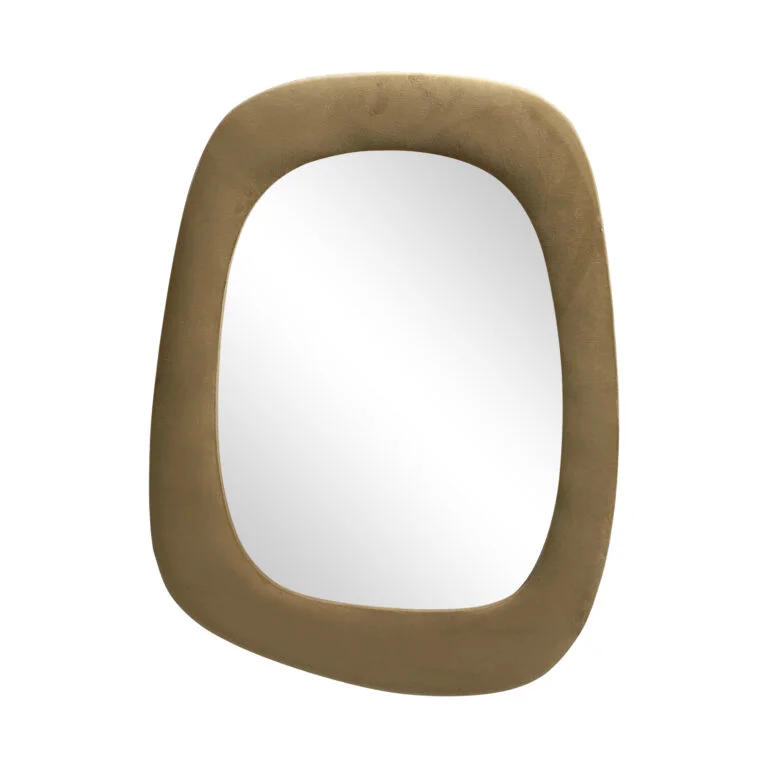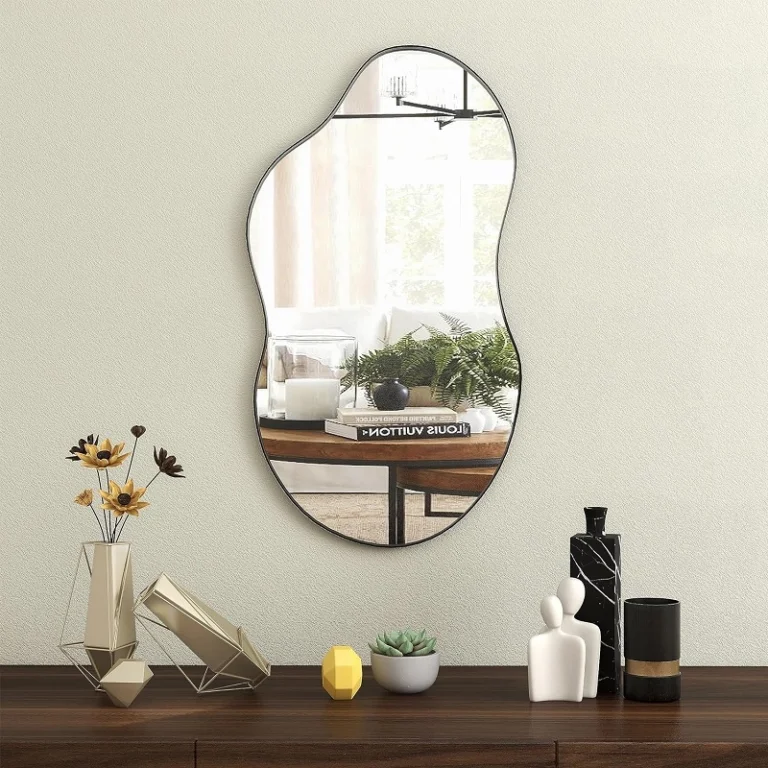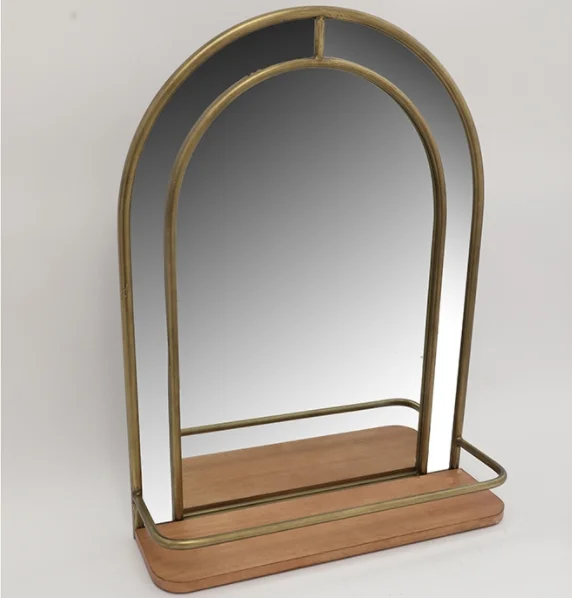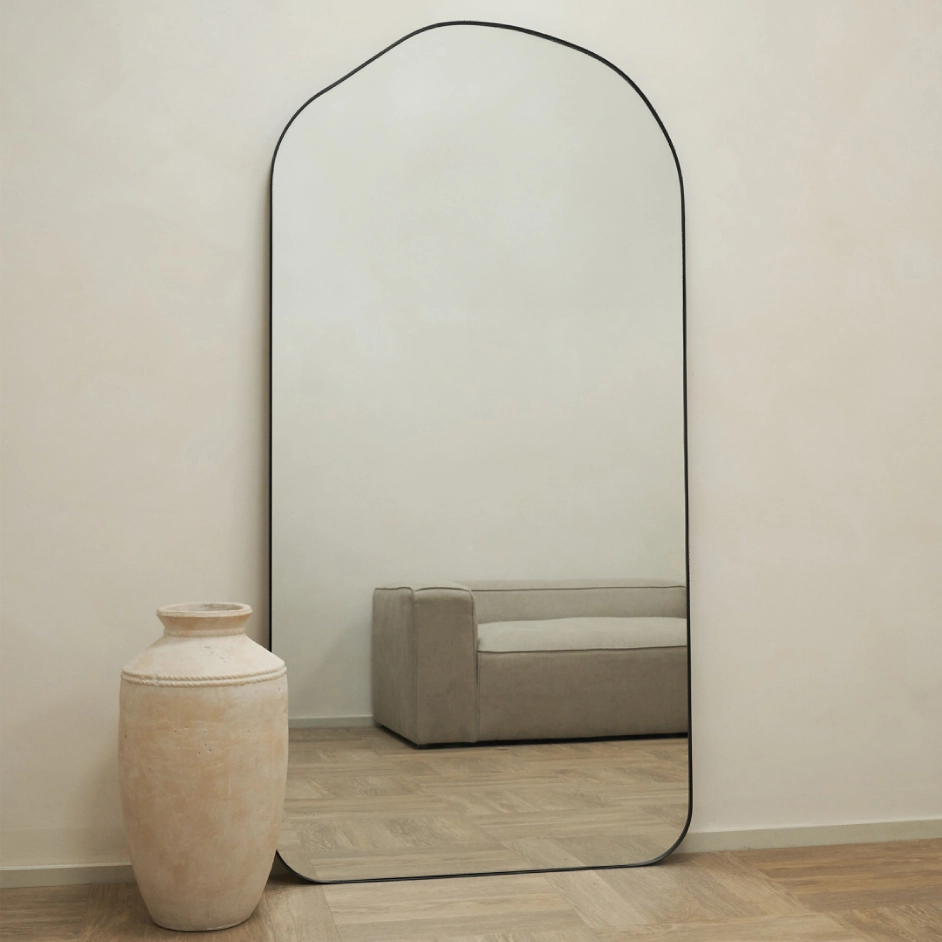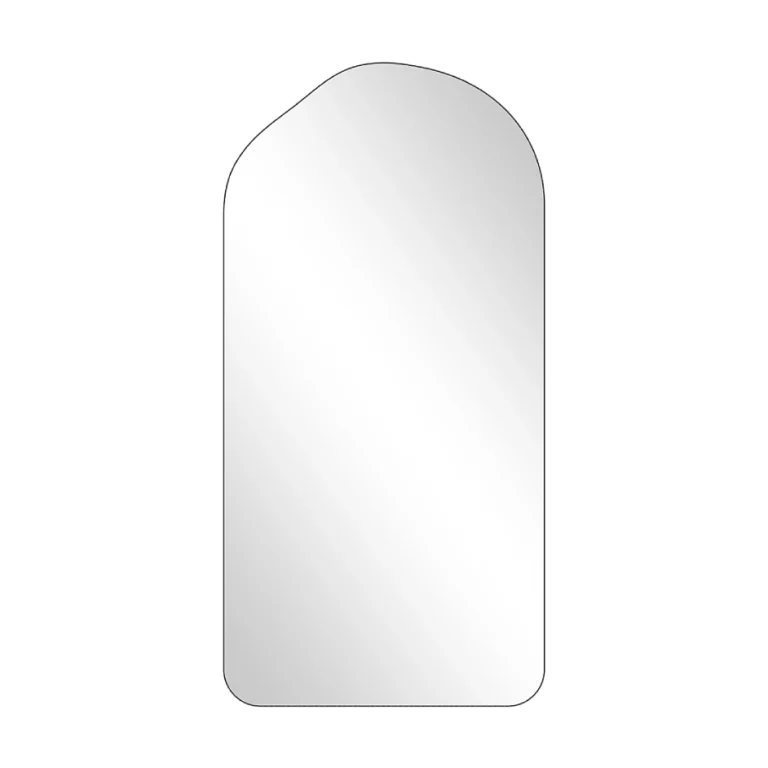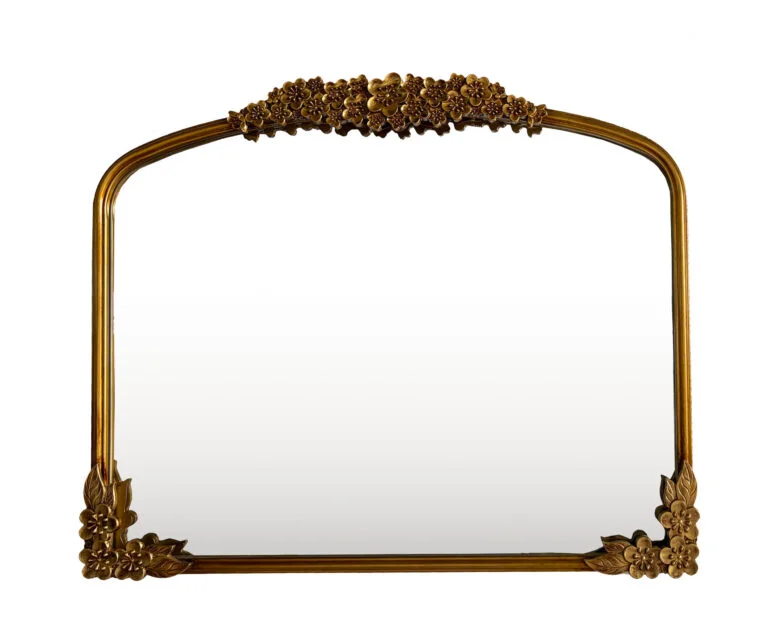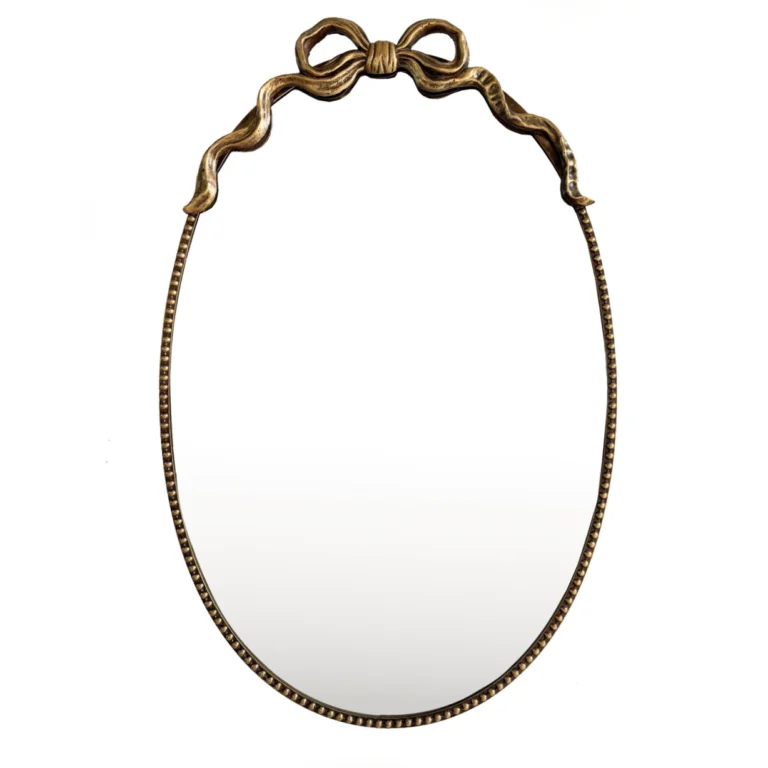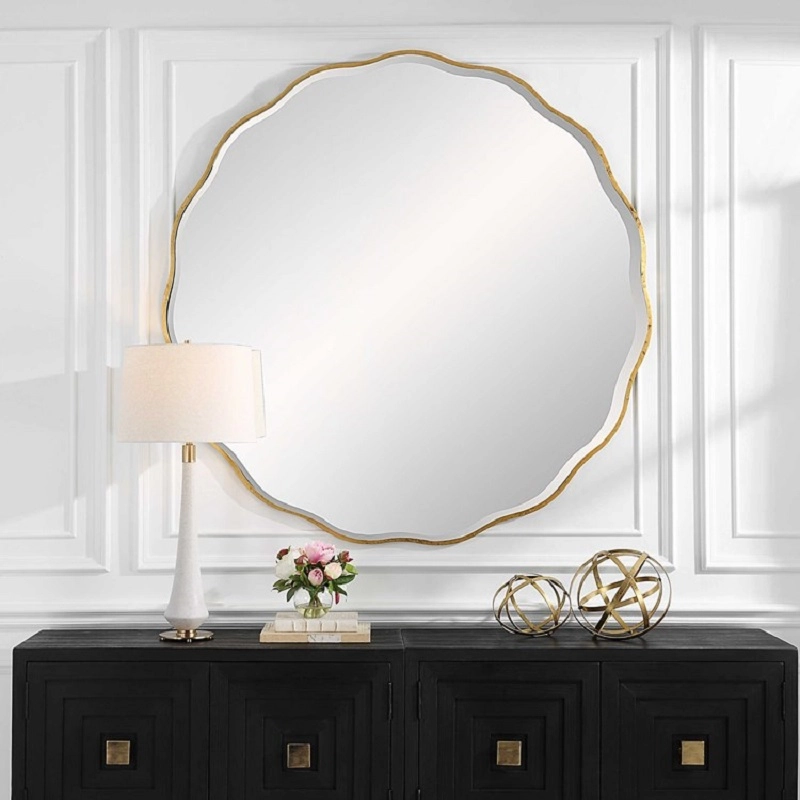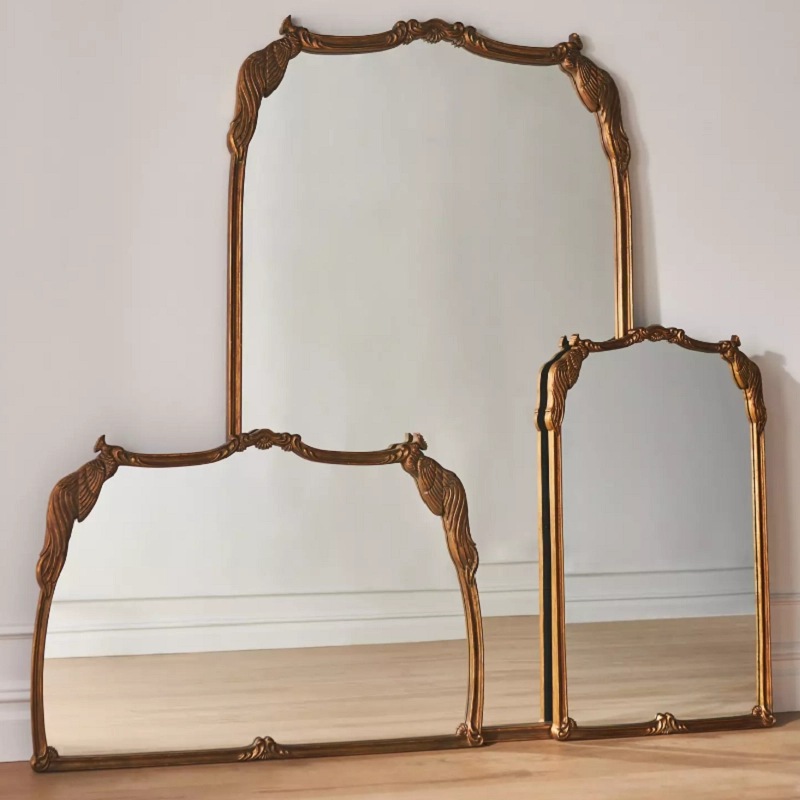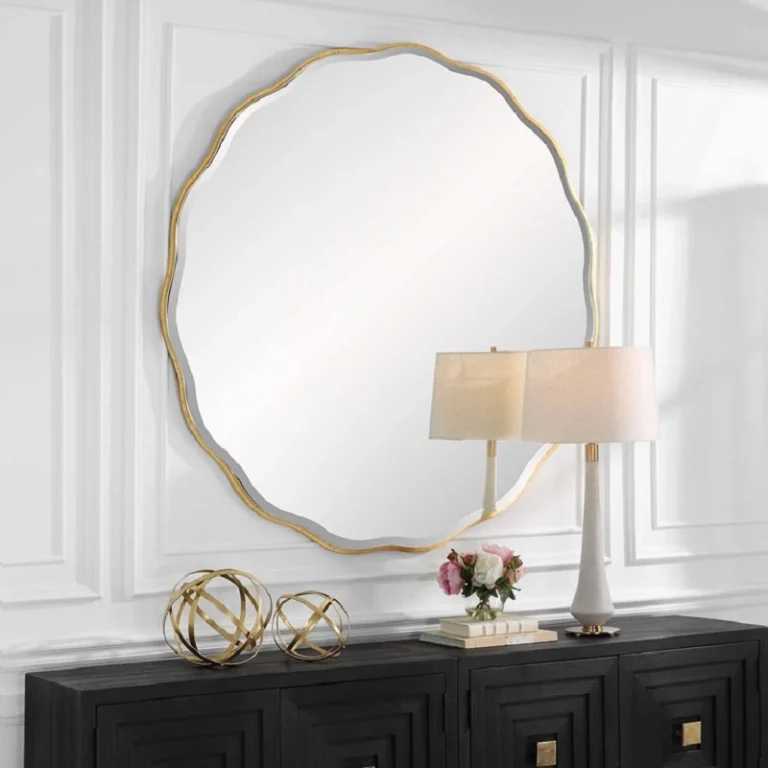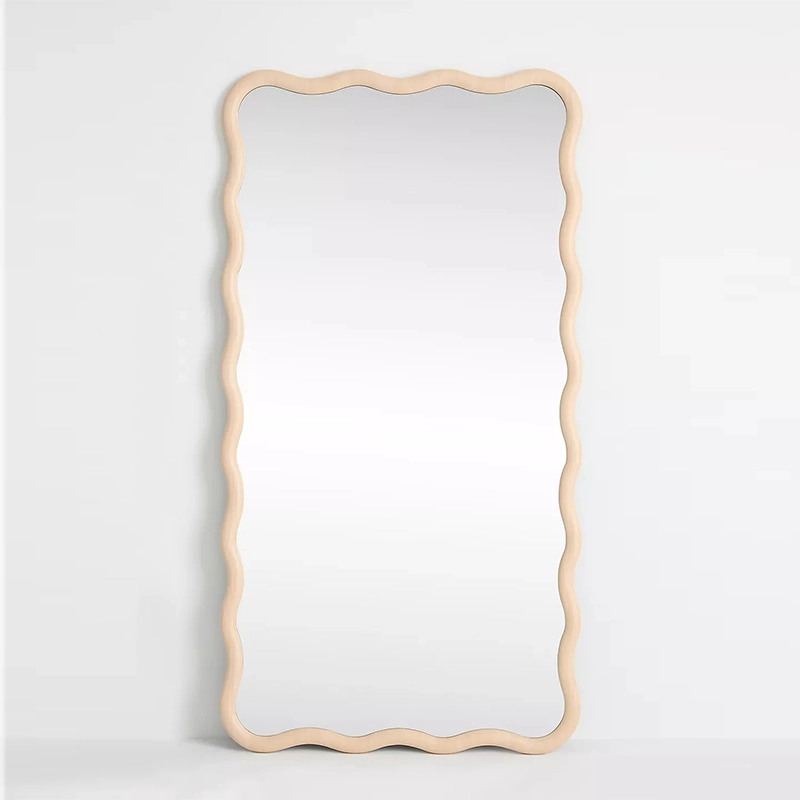large wall mirror for hallway
Large Wall Mirror for Hallway: A Silent Poet of Spatial Narratives
In the interplay of light and shadow, the large wall mirror transcends mere functionality, becoming a silent poet in the spatial narrative. When placed in hallways and bedrooms, it weaves an aesthetic dialogue between European rationality and Middle Eastern mystique.
Hallway: The Echoing Path to Infinity
The narrow hallway, often an overlooked passage in architecture, undergoes a magical transformation with the arrival of a floor-to-ceiling wall mirror. Light refracts endlessly across its surface, blending the deep glow of Persian cobalt tiles with the textured patina of Venetian plaster—as if Byzantine mosaics were inlaid into Bauhaus simplicity. Witness a child’s fleeting silhouette stretch into arabesque vines, or watch a crystal chandelier shatter into Samarkand gold dust at dusk. This is no sorcery, but a geometric ode sung by space through the mirror’s voice. A sleek stainless-steel frame adds a modernist footnote to ancient stone carvings, while brass grapevine motifs embed Damascene secrets within rational order.
Bedroom: The Moonlit Lake of a Private Cosmos
In the bedroom, an oversized wall mirror becomes a floating lake of moonlight. Unlike the straightforward vanity mirror, it lounges against rough-hewn stone or velvet drapes, dissolving the four-poster bed’s silhouette into its depths. Legend speaks of a craftsman obsessed with capturing dawn’s elusive glow, perfecting a mirror that veils itself in a misty luminescence at twilight—some call it “Teruier’s gossamer.” When Cairo’s night breeze stirs the curtains, the reflection of silver coffee sets and plaster rosettes begins to pirouette, as if transposing an Istanbul ceiling fresco into a Nordic minimalist chamber. And in the rain, the dance of droplets against the window merges with the fireplace’s glow on the mirror’s surface, where Tuscan sun and Dubai’s ochre sandstorms perform an ephemeral, cinematic overlay.
The Mirror’s Soul: Glimmers in the Creases of Civilization
These sentinels of reflection are, in truth, humanity’s artistic conquest of the void. European artisans carve glass matrices with mathematical precision, while Middle Eastern sages inscribe Quranic vines in gilded borders—where rational geometry and sacred rhythm converge, what they reflect is far more than mere visages. Consider the ruins of Ephesus, where ancient bathhouse mirrors framed in Roman aqueduct motifs once caught the glint of Ptolemaic emeralds. Today’s mirrors, too, shall become cuneiform for future archaeologists deciphering the 21st-century psyche.
A mirror’s myriad reflections remain a dual gift from the divine: it expands spatial dimensions while allowing Anatolian sunsets, Seine mists, and Nile constellations to merge in a single gaze—an eternal grafting of civilizations.
Generally speaking, our order requirements are as follows: the minimum order quantity (MOQ) for large items is 50 pieces, for regular items it is 100 pieces, for small items it is 500 pieces, and for very small items (such as ceramic decorations) the MOQ is 1,000 pieces. Orders exceeding $100,000 will receive a 5% discount. The delivery timeline is determined based on the specific order quantity and production schedule. Typically, we are able to complete delivery within two months.
